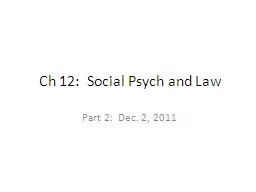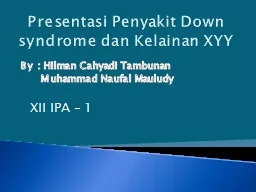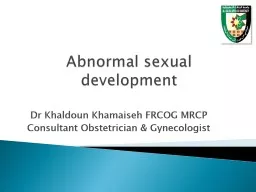PPT-XXY, XYY and More - Teaching Gender in Year 2 A-Level Psych
Author : conchita-marotz | Published Date : 2018-01-20
Hosted by Joseph amp Jim Webinars Webinar RecordingsResources wwwtutor2unetpsychologyseriescpdwebinarrecordings Coming Soon Session Overview tutor2u titles Specification
Presentation Embed Code
Download Presentation
Download Presentation The PPT/PDF document "XXY, XYY and More - Teaching Gender in Y..." is the property of its rightful owner. Permission is granted to download and print the materials on this website for personal, non-commercial use only, and to display it on your personal computer provided you do not modify the materials and that you retain all copyright notices contained in the materials. By downloading content from our website, you accept the terms of this agreement.
XXY, XYY and More - Teaching Gender in Year 2 A-Level Psych: Transcript
Download Rules Of Document
"XXY, XYY and More - Teaching Gender in Year 2 A-Level Psych"The content belongs to its owner. You may download and print it for personal use, without modification, and keep all copyright notices. By downloading, you agree to these terms.
Related Documents














